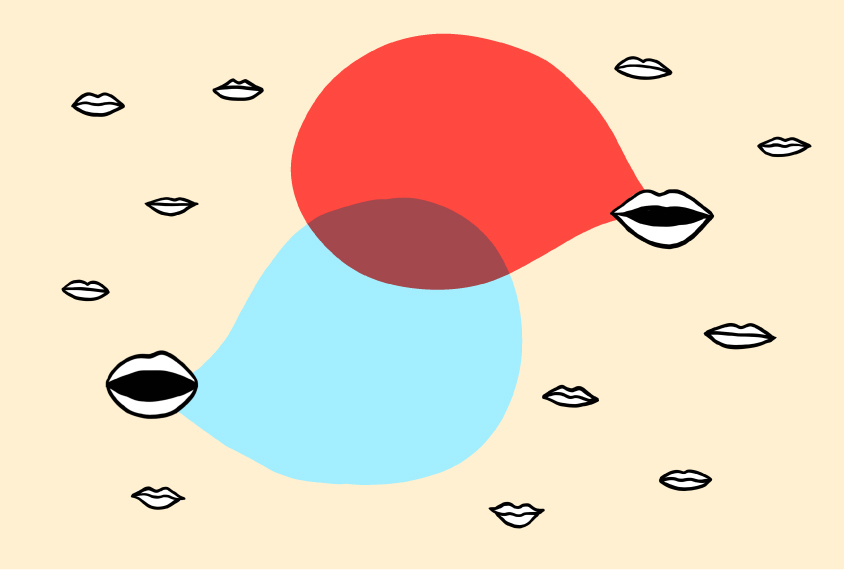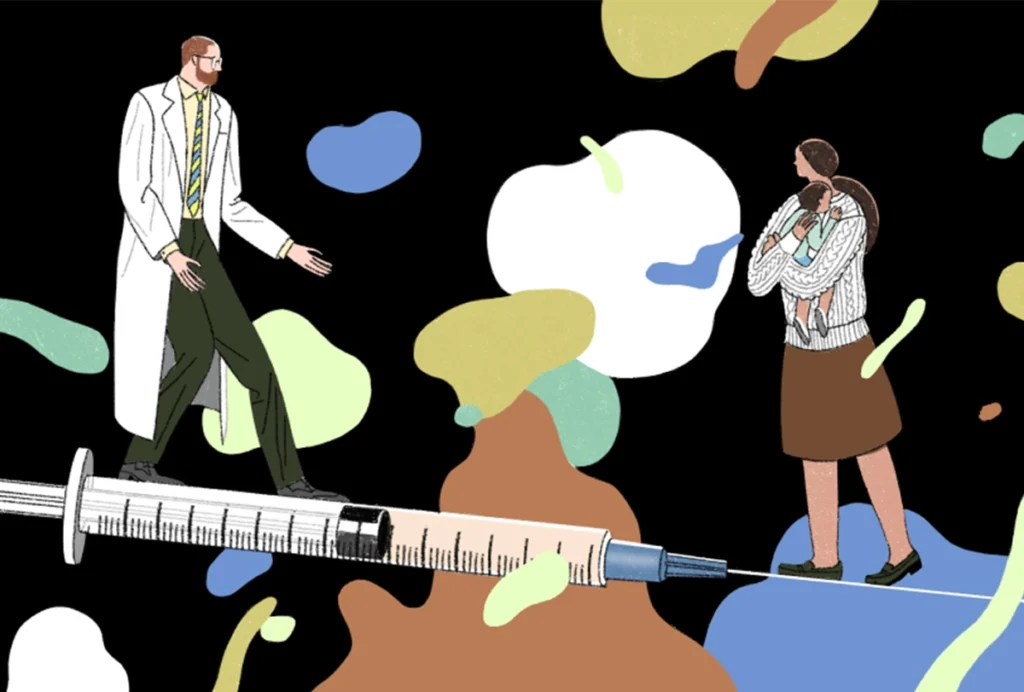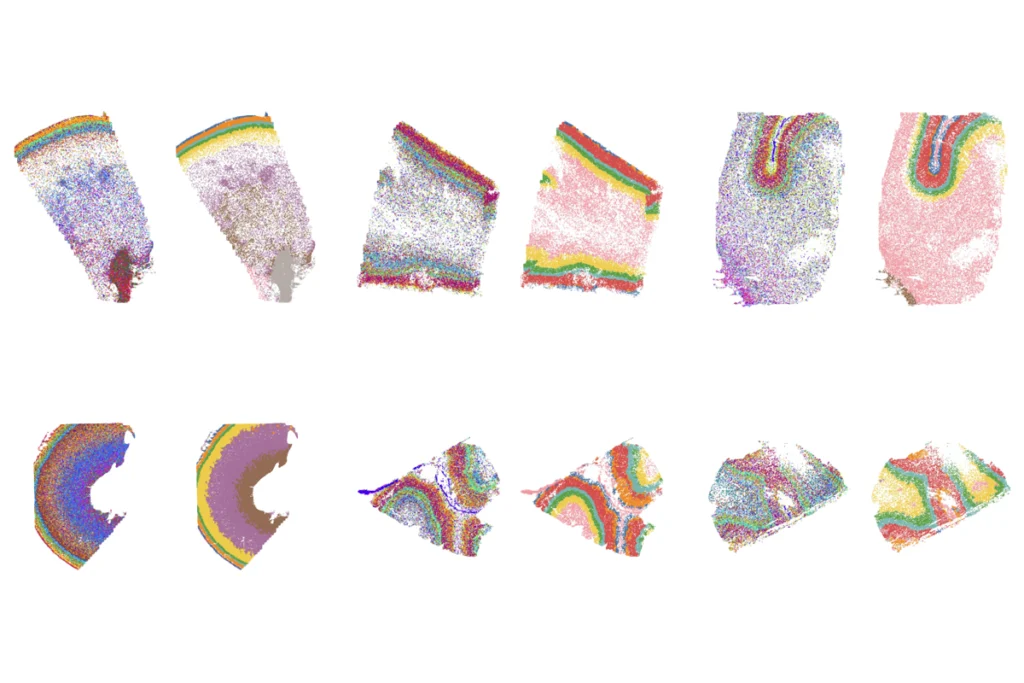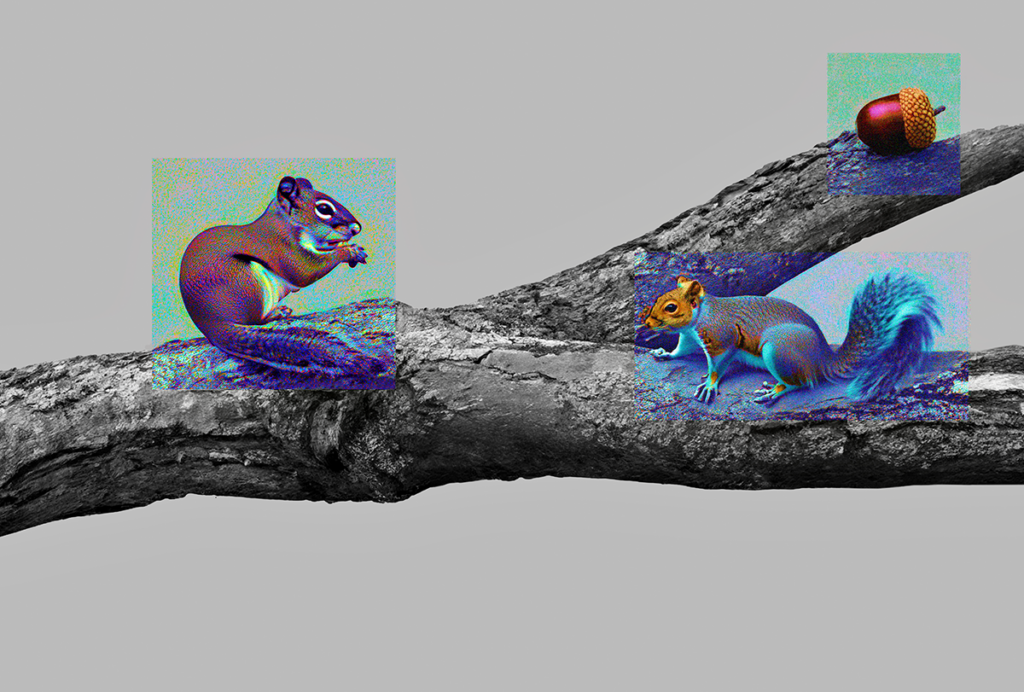An announcement about a mass resignation from NeuroImage and NeuroImage: Reports caused a stir on Twitter this week.
All 42 of the journals’ editors resigned over opposition to author fees charged by the publisher, Elsevier. They plan to start their own nonprofit open-access journal, Imaging Neuroscience.
All NeuroImage and NeuroImage:Reports editors have resigned over the high publication fee, and are starting a new non-profit journalhttps://t.co/DmnwDKVCK7
This comes with great regret, and a huge amount of thought and discussion- please read announcement to get more details. pic.twitter.com/evEuWO7b4E
— Imaging Neuroscience EiC (@ImagingNeurosci) April 17, 2023
The group made the decision because they were unable to convince Elsevier to reduce the publication fee of $3,450, calling the fee “unethical and unsustainable” in the statement, which was tweeted by Imaging Neuroscience EiC.
Spectrum covered the news 19 April.
The announcement went viral among neuroscientists — at the time of writing this, it had more than 2,000 retweets and more than 600 comments.
“Is this the start of the neuroscience community taking control of the publication system? I certainly hope so,” tweeted Duncan Astle of the University of Cambridge.
We do the science. We review the papers. We run the editorial process. In most cases, the tax-payer foots the bill. Elsevier makes the (enormous) profit.
Is this the start of the neuroscience community taking control of the publication system? I certainly hope so. https://t.co/v4UQfuSnB4
— Duncan Astle (@DuncanAstle) April 18, 2023
Sue Fletcher-Watson of the University of Edinburgh called the move inspiring, tweeting that “the academic publication industry has to work for academics, not the other way around.”
This is inspiring.
The academic publication industry has to work for academics, not the other way around. I’ve never had cause to submit to Neuroimage but I certainly would follow these editors to their new journal if I had a suitable paper.
I expect most will do the same. https://t.co/pAaCYg3B1p
— Sue Fletcher-Watson (@SueReviews) April 19, 2023
Zack Williams of Vanderbilt University tweeted that he’s “excited to see what they’re going to do” at the new publication.
What a disappointment that @ElsevierConnect chose profit and the whole editorial team of NeuroImage walked, but I’m excited to see what they’re going to do at @ImagingNeurosci! Good luck to all involved and @mitpress for the road ahead! https://t.co/32f2CIfhz6
— Zack Williams (@QuantPsychiatry) April 18, 2023
“With so many wonderful scientists I admire and respect on the editorial board making the move, I feel very confident in the quality and integrity of the new journal,” tweeted Stephanie Noble of Yale University, a sentiment echoed by Mandy Mejia of Indiana University.
Well said, @sNeuroble . My thoughts exactly!
— Mandy Mejia, PhD (@mandyfmejia) April 17, 2023
Ehsan Eqlimi of Ghent University had mixed feelings about the move. “On one hand, I can understand the rationale behind this decision,” he tweeted. “On the other hand, I find it ‘repulsive’ to see a valuable academic resource being cancelled.”
2/ However, on the other hand, I find it “repulsive” to see a valuable academic resource being cancelled. This journal has been an important platform for budding researcher in the field of neuroimaging, and its cancellation may have negative consequences for the community.
— Ehsan Eqlimi, PhD (@EhsunEE) April 18, 2023
Also catching researchers’ attention this week: “the first brain-wide, single-cell resolution DNA methylome and 3D multi-omic atlas” of the entire adult mouse brain, according to a preprint posted to bioRxiv on 18 April.
The team used two sequencing technologies to generate 301,626 methylomes and 176,003 chromatin conformation/methylome joint profiles from 117 dissected regions throughout the adult mouse brain, explained Hanqing Liu of the Salk Institute for Biological Studies in a thread describing his team’s work.
Thrilled to share our latest work from @JoeEcker lab, using cutting-edge snmC-seq3 and snm3C-seq technologies to generate 301,626 methylomes and 176,003 mC+3C multiome profiles from 117 dissected regions throughout the adult mouse brain. (1/n)https://t.co/APlIJSW7VP pic.twitter.com/QSdZZrmnai
— Hanqing Liu (@Hanq_Liu) April 18, 2023
“What a massive effort!” remarked Ethan Armand of the University of California, San Diego.
Great Job Hanqing, and the whole team! What a massive effort!
— Ethan Armand (@EthanArmand2) April 18, 2023
“If genetic variations will be investigated, I nominate Asip,” tweeted Carlos Alvarez of Ohio State University.
Thank you Carlos for bringing up this interesting point. We used C57BL/6 to be consistent with many other BICCN studies. But yes, genetic variations will be a very interesting future direction, although probably need to restrict to a certain brain region or cell types.
— Hanqing Liu (@Hanq_Liu) April 19, 2023
Liu agreed that genetic variations would be something to explore, although there would be a “need to restrict to a certain brain region or cell types.”
That’s it for this week’s Community Newsletter! If you have any suggestions for interesting social posts you saw in the autism research sphere, feel free to send an email to [email protected].
Follow us on Facebook, Twitter (@Spectrum), Instagram and LinkedIn.





